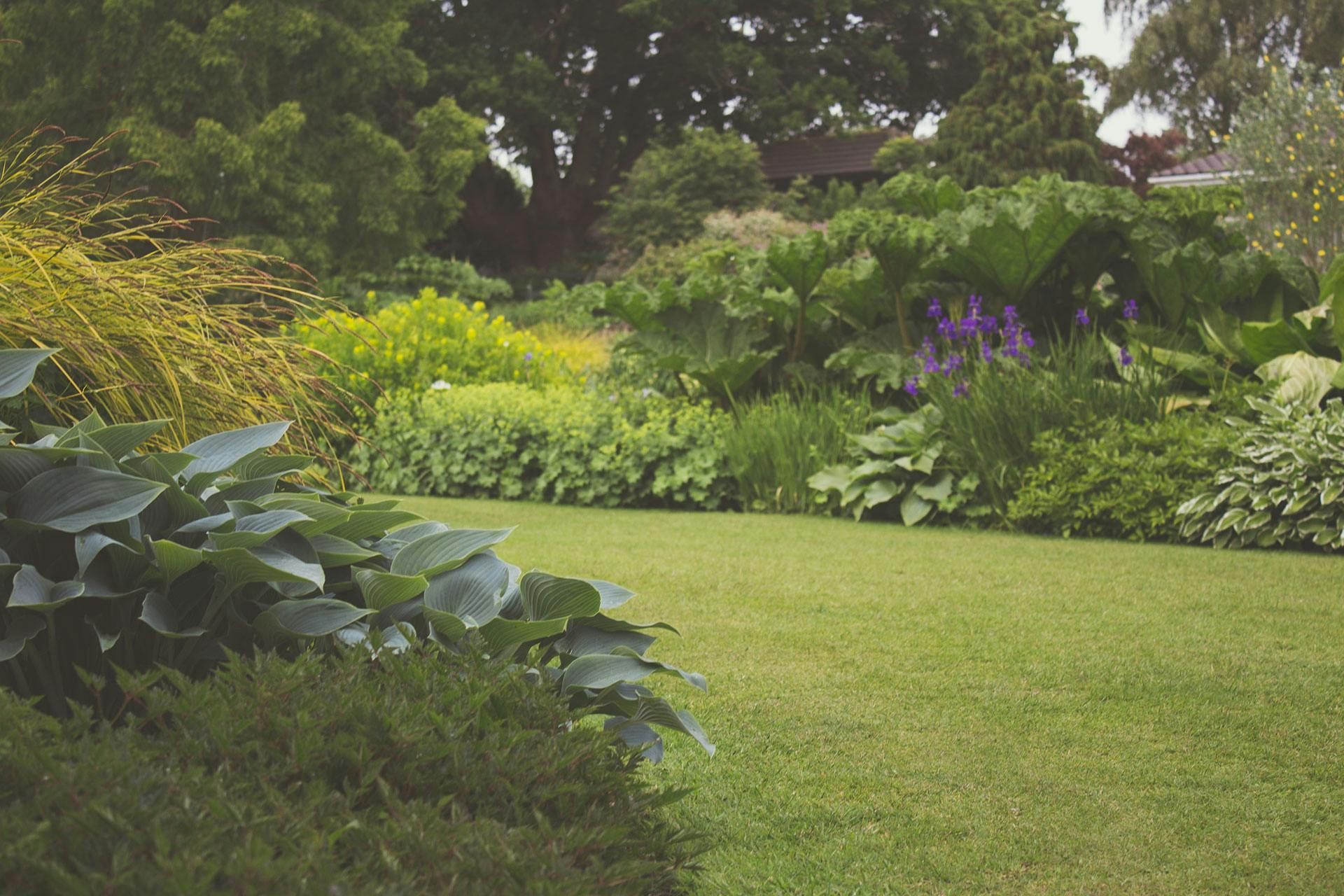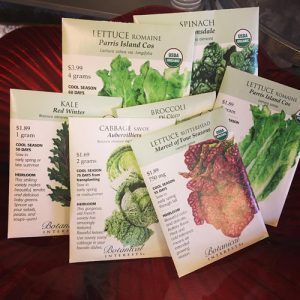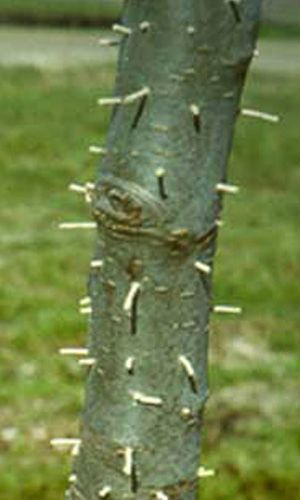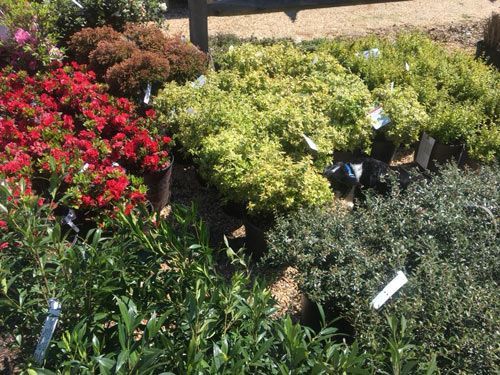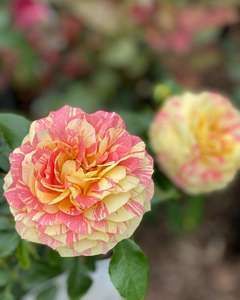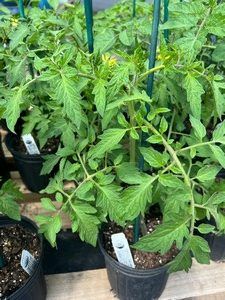Attracting Bluebirds to Your Garden
ATTRACTING BLUEBIRDS TO YOUR GARDEN
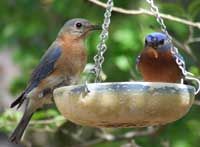
Get The Blues!
Warning: Attracting Bluebirds is addictive
From Carol Stein’s Gardeners Forum
Attracting birds is simple! Provide food, shelter & water.
Bluebirds begin to look for nests in January, so be sure your bird houses are cleaned & ready.
Carol Stein suggests these plants to provide summer food for blues: Russian Olive, white or red mulberry, flowering crabapple, blueberries, black cherry, serviceberry, viburnums, and of course, dogwoods. Plants that provide winter food include: American holly, Virginia Creeper, High-bush cranberry, dogwoods, Cotoneaster, Sumac, Pyracantha, Spicebush, Inkberry holly, and Bittersweet.
For more info on plants, visit Landscape Plants for Bluebirds (recommended by the NC Bluebird Society)
Nesting Schedule
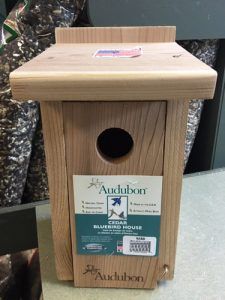
January:
Clean out old nests
Set up new boxes
February:
Bluebirds begin looking for mates and nesting sites
March-April:
Nest site selection and nest building
April-May:
Egg laying and raising the babies & teaching them to fly
June-July:
2nd cycle of eggs and raising young
August:
3rd cycle of eggs and raising young
For more info on nesting, visit the North Carolina Bluebird Society.
Monitoring Nesting Boxes
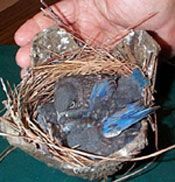
Monitor boxes once a week during spring and summer.
Make noise as you approach the box and tap on its side. Adults will likely leave the nest and the babies will huddle down.
If the female stays in the nest, close the box and return later.
Stand to the side of the box away from the entrance hole and open the box slowly and carefully.
Be prepared for insects or snakes.
Record the number of eggs or nestlings and the date.
Do NOT open boxes once the babies are 14 days old as this could cause premature fledging.
A few days after all the young have fledged, remove old nest so the parent birds can build again.
We carry birdhouses, nesting cups, feeders, seed, suet and other yummies, and birdbaths.


